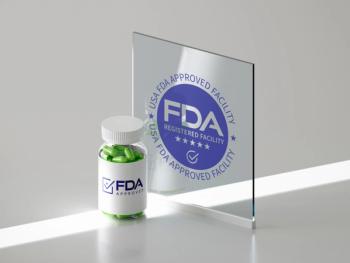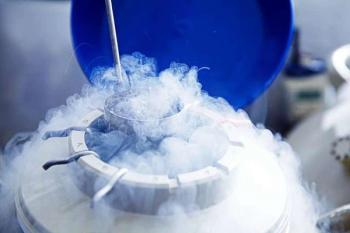The odds of clinically relevant wound complications are reduced by antibiotic administration within 24 hours of an obstetric tear during childbirth, according to a recent study published in The BMJ.1
In the trial, wound complications were reported in 9% of patients receiving antibiotics vs 17% receiving placebo. According to investigators, these findings support prophylactic antibiotic use in patients with a second degree tear of episiotomy.
Key takeaways:
- Administering antibiotics within 24 hours of an obstetric tear significantly reduced clinically relevant wound complications (9% vs 17%).
- The randomized, placebo-controlled BMJ trial included 442 women with second-degree tears or episiotomies.
- No significant difference was found in overall wound complications, but antibiotics lowered the rate of severe cases requiring follow-up.
- Benefits were most notable among women with higher BMI, instrumental delivery, or episiotomy.
- The findings support WHO’s recommendation for routine prophylactic antibiotic use after second-degree tears or episiotomies.
“Accordingly, the World Health Organization now recommends this treatment,” wrote investigators.2
Assessing wound complications after antibiotic use
The double blind, parallel, placebo controlled randomized trial was conducted to compare the efficacy of prophylactic antibiotic vs placebo following an obstetric tear. Danish speaking adults with a second degree tear or episiotomy being sutured at Herlev Hospital were eligible for inclusion.
Exclusion criteria included treatment allergy, cesarean section, and antibiotic treatment within 24 hours of delivery. In the treatment group, patients received amoxicillin 500 mg with clavulanic acid 125 mg. The first oral dose was taken within 6 hours postpartum, with second and third doses taken in 8-hour intervals afterward.
In the placebo group, 3 placebo tablets matching the study drug were provided. Wound dehiscence or wound infection were reported as the primary outcome, with both defined as wound complications.
Wound outcomes
Clinically relevant wound dehiscence was reported as the secondary outcome, with wound dehiscence of over 5 mm considered clinically relevant if clinical follow-up was necessary. The severity of pain and infection were also reported.
Additional outcomes were reported by a yes or no response. These included:
- Pain
- Use of analgesics
- Breastfeeding
- Urinary incontinence
- Additional antibiotic use
- Side effects of treatment
- Self-evaluated health status
- Unplanned contact with a doctor
There were 442 women included in the final analysis, 230 of whom underwent an interim analysis. At this time, the primary outcome rate was 23%, greater than the expected rate of 15%. Overall, 25% of women presented with wound complications and 13% with a clinically relevant wound complication.
Reduced clinically relevant complications reported
No significant differences in overall wound complications were reported between patients taking antibiotics and those taking placebo, at 22% and 29%, respectively. However, a significant reduction in clinically relevant wound complications was reported in those taking antibiotics, at 9% vs 17%, respectively.
Fewer consultations were also needed in the antibiotic group, at 32 vs 54 in the placebo group. Additionally, significant effects were reported in subgroups of women with a body mass index of at least 30, instrumental delivery, or episiotomy.
Adverse reactions were reported by 4 women in each group and included nausea, headache, diarrhea, and dizziness. Severe adverse events were reported by 7 in each group and included endometriosis, cholelithiasis, hypertension, and mastitis.
There were no serious adverse reactions. Overall, antibiotics were linked to significant reductions in clinically relevant wound complications following obstetric tear.
“This finding supports the use of prophylactic antibiotics in routine clinical practice after a second degree tear or episiotomy,” wrote investigators.
References
- Antibiotics linked to lower risk of complications after obstetric tear. BMJ Group. October 29, 2025. Accessed October 31, 2025. https://www.eurekalert.org/news-releases/1103450.
- Perslev K, Klarskov N, Bergholt T, Jango H. Risk of infection and wound dehiscence after use of prophylactic antibiotics in episiotomy or second degree tear (REPAIR study): single centre, double blind, placebo controlled randomised trial. BMJ. 2025;391:e084312. doi:10.1136/bmj-2025-084312

















